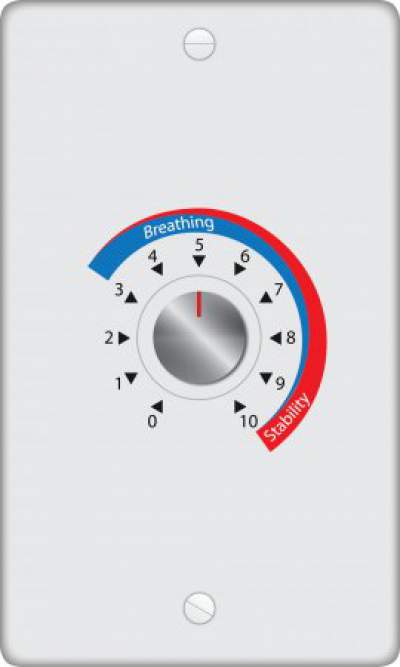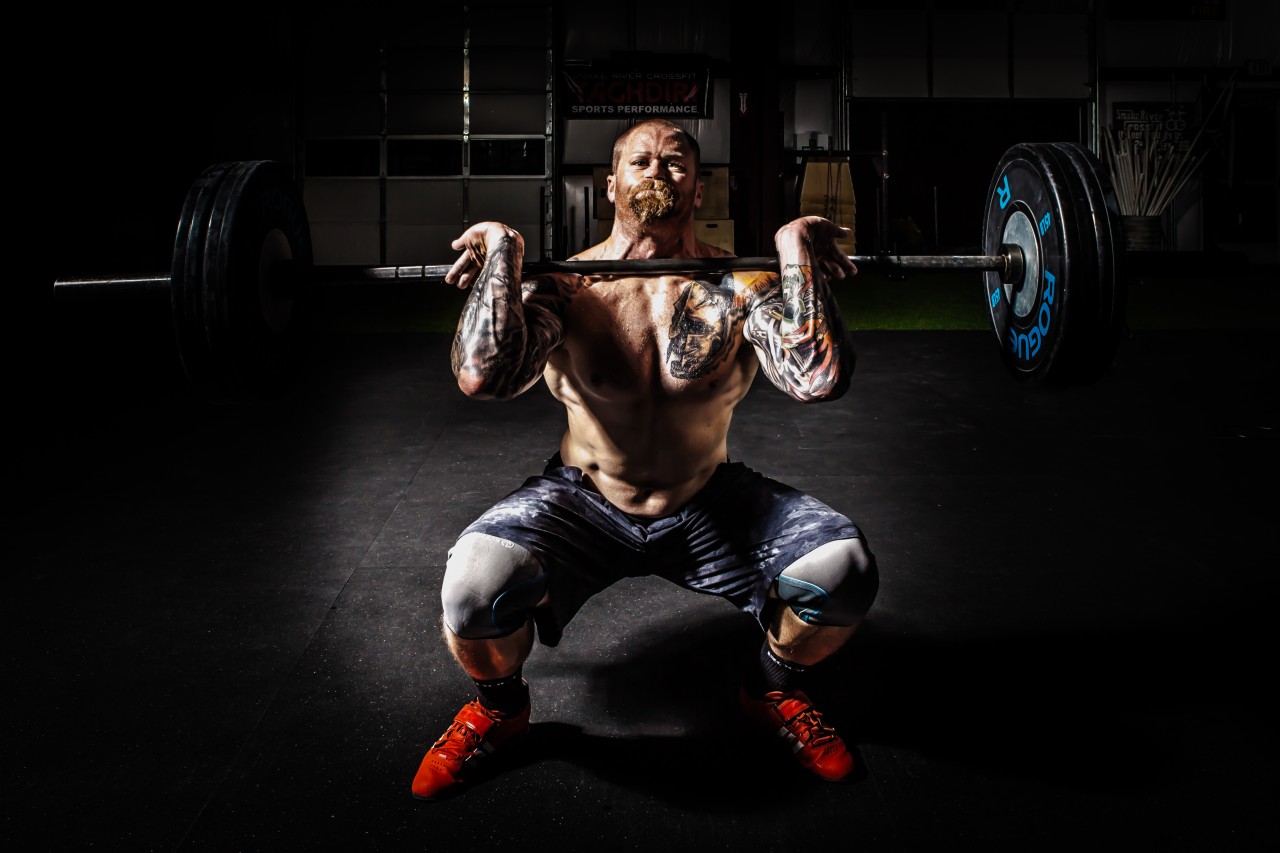The Functional Core
Core Hype
Over the past few years, the "core" has become a hot phrase in the fitness industry much the way the avocado has in the nutritional world. Catchy phrases such as 'core strength,' 'functional core,' or 'abdominal bracing' have all been thrown around haphazardly, with an inordinate number of core exercises to match.
Through all of the hype with these phrases, the intent & message of a solid midsection have been lost. The core consists of a variety of muscles, not just the rectus abdominus (six-pack muscle) and the transverse abdominus (suck-it-in muscle). It includes: the external & internal obliques, multifidi, rotatores, spinal erectors, latissimus dorsi, pelvic floor muscles, and the diaphragm. All-in-all, functionally, there are over 20 different muscles that make up the core.
These muscles collectively function to create stiffness and transfer forces from the lower legs (i.e. hips) to the upper body (i.e. shoulders).
The core, or midsection, acts as a transverse plane transducer - meaning the core prevents energy leaks by stiffening the midsection - to transfer the power generated from the lower body to the upper body, as a result, maximizing power output.
When the body, and muscles of the midsection, cannot create or maintain stiffness in relation to each other, compensating patterns arise, leading to pain and injury. If the core cannot maintain stability during motion, then the body is vulnerable; much like shooting a cannon off a canoe.
Which Muscle is King (or Queen)?
The main muscle that ultimately creates and maintains tension for the midsection is the diaphragm. The diaphragm lies roughly in the middle of the trunk. It perfectly divides the upper half of the torso from the lower half. The importance of this muscle must be recognized, but all midsection muscles have a contributing factor in creating/maintaining stiffness. To achieve maximum gain, the brain needs to be aware of proper stiffening for the goal or task at hand. The diagram below illustrates this important concept. Dysfunction and pain occur when the balance between breathing and stability are at one end of the dial or the other.

The illustration is from Hans Lindgren's blog.
Dual Functionality
The diaphragm has two main functions, postural control/awareness and respiration. These functions have to co-exist. When at rest, if you cannot breathe properly through your midsection, then this muscle is not functioning ideally. As a result of sub-ideal activation, the midsection cannot brace optimally, requiring secondary muscles to help. However, the body will always sacrifice stability in order to breathe; simple law of self-preservation. This creates a downward spiraling effect all due to the improper use of the diaphragm.
The Big Question
Hopefully this concept makes sense to you. Now the important question you might be asking yourself is, "how do I train these muscles to co-activate and work in harmony in order to achieve a higher level of control?"
Well, we have more answers, and they will be available when you sign up at ICT Muscle & Joint Clinic or Satya Yoga (both in east Wichita). Join us and learn how to create power from within. Improve your strength, power, breathing pattern, reduce stress, ADHD, and many more ailments with the core problem arising from the core. Pun intended!
About the author
Dr. Keith Sparks is an award-winning chiropractor, functional medicine expert, and the co-founder of ICT Muscle & Joint Clinic. Dr. Sparks’ emphasis of care originated within the fields of rehabilitation, soft-tissue therapies, and chiropractic. To date, he has brought this unique combination of skills into union with functional medicine. The sole purpose of intertwining these distinct skills, knowledge, and services is to provide incomparable care to his local community. Dr. Keith Sparks is often seen in the Wichita, KS community speaking at business events and teaching health and performance classes.
